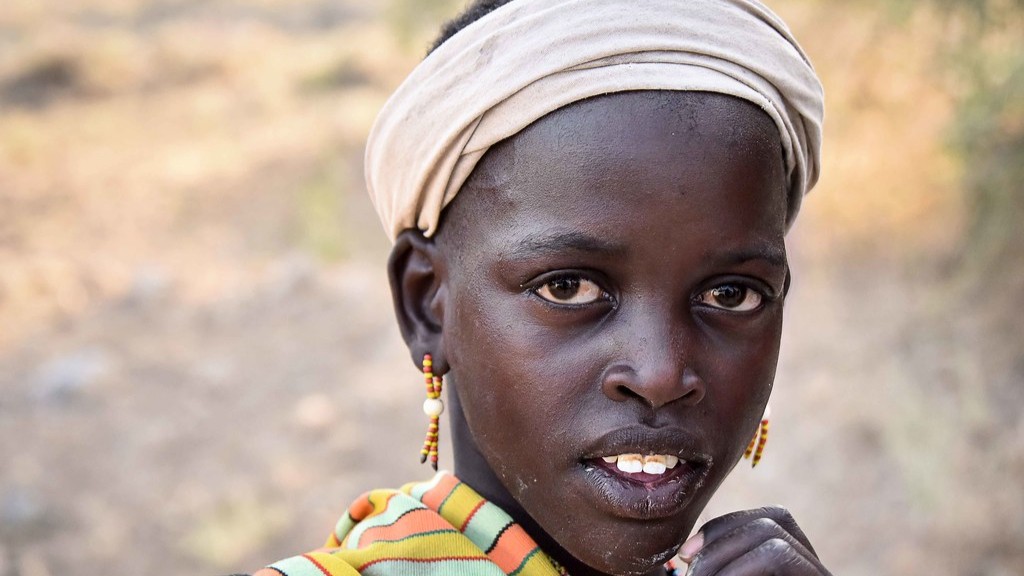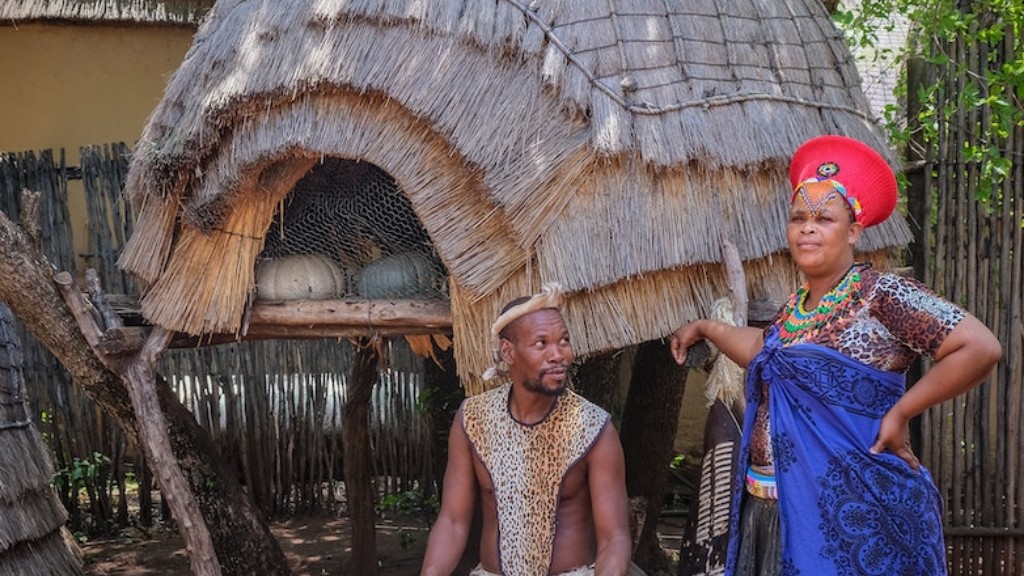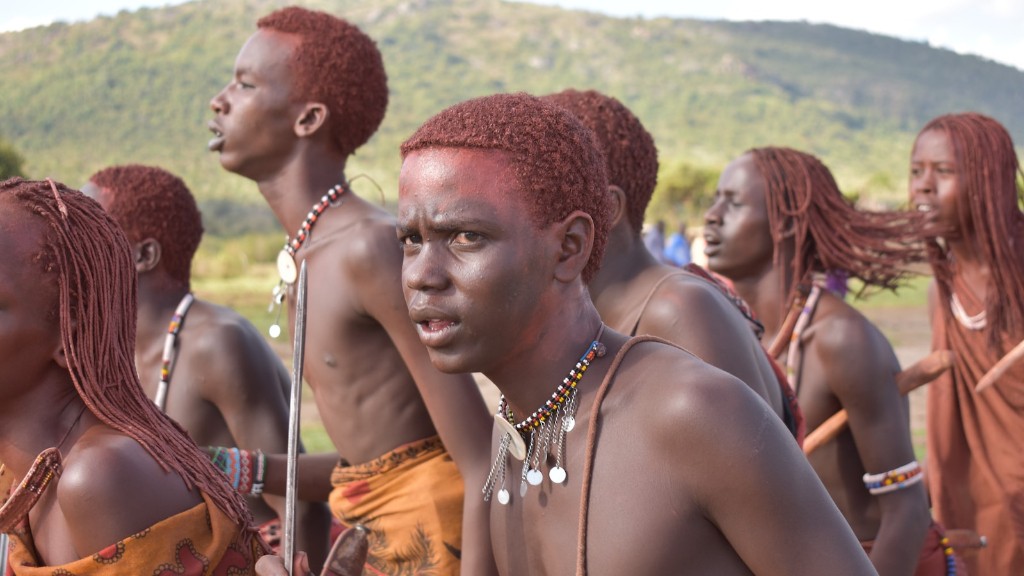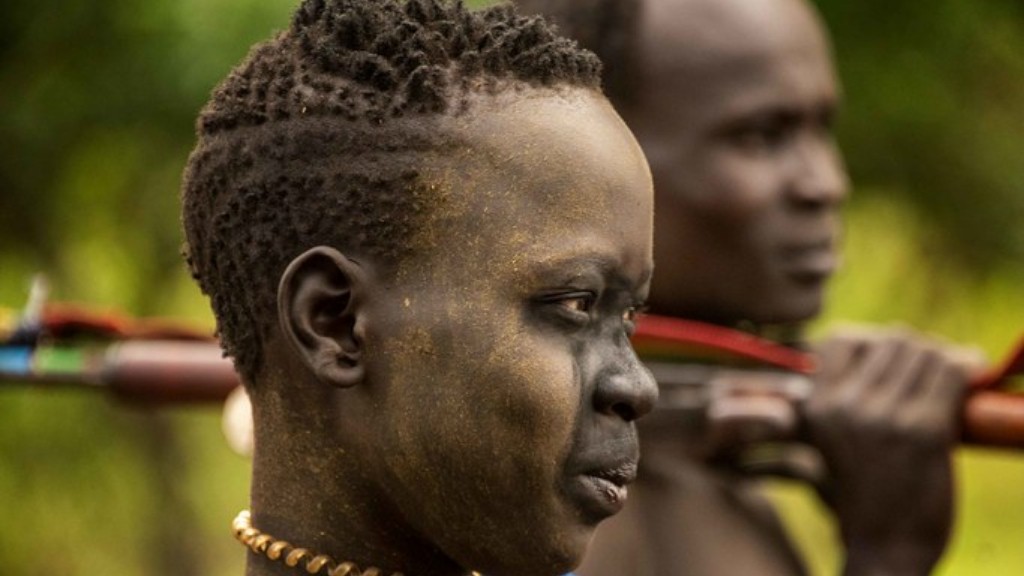West African Tribe Hairstyle
The hairstyles of the West African tribes are a reflection of their rich culture and history. For centuries, hairstyles have represented various aspects of tribal identity, social status, and even spiritual beliefs. These unique and intricate hairstyles continue to inspire and captivate people around the world.
The diversity of hairstyles among West African tribes is vast, with each tribe having its own distinct styles and traditions. One tribe known for their elaborate hairstyles is the Fulani people. The Fulani women wear tight braids decorated with beads and shells, expressing their cultural heritage and beauty. This particular hairstyle represents femininity and serves as a symbol of the tribe’s status.
The use of natural materials, such as beads, shells, and even animal bones, in West African tribe hairstyles not only enhances their aesthetic appeal but also carries deep cultural significance. These adornments symbolize wealth, beauty, and spirituality. The intricate braiding techniques used to create these hairstyles also require great skill and precision, often passed down from generation to generation.
According to Dr. Ngozi Okafor, an anthropologist specializing in West African tribes, “Hairstyles have always played a crucial role in the identity formation of West African tribes. They are not merely fashion statements but a reflection of their cultural values and social dynamics.” Dr. Okafor further adds that the hairstyles communicate messages about an individual’s age, marital status, and even their role within the tribe.
In recent years, the popularity of West African tribe hairstyles has transcended cultural boundaries. Celebrities and influencers, both in Africa and beyond, have embraced these unique styles, bringing them into the mainstream fashion world. Alongside their fashion-forward nature, these hairstyles also promote cultural exchange, helping to create a greater understanding and appreciation for West African traditions.
A Look Into the Past: Origins of West African Tribe Hairstyles
The origins of West African tribe hairstyles can be traced back to ancient times. These hairstyles have evolved over centuries and have been influenced by various factors, including migration, trade, and cultural interactions. The hairstyles were not only a means of self-expression but also served practical purposes, such as protection from the sun and heat.
In addition to their practical function, West African tribe hairstyles were often filled with symbolism. Different hairstyles could signify a person’s age, social status, or even their tribal affiliation. For example, the Yoruba people of Nigeria traditionally wore high, elaborate hairstyles called “gele,” which were reserved for married women and symbolized their marital status and wealth.
As time passed, West African tribe hairstyles became more than just an everyday fashion statement. They became a way for individuals to connect with their spiritual beliefs. Hairstyles would incorporate religious symbols or objects believed to bring good fortune or ward off evil spirits. These spiritual connections added another layer of significance to the already intricate hairstyles of West African tribes.
The Influence of West African Tribe Hairstyles in Modern Culture
In recent years, West African tribe hairstyles have gained significant recognition and influence in modern culture. Initially, these hairstyles were often marginalized or considered “unprofessional” in mainstream spaces. However, there has been a shift in perception, with more individuals embracing and celebrating these hairstyles as a form of cultural expression.
The rise of social media platforms has played a crucial role in the resurgence of West African tribe hairstyles. People now have easier access to inspiration and tutorials, allowing them to recreate these styles or adapt them to their own personal taste. This accessibility has not only empowered individuals to celebrate their heritage but has also opened up a dialogue surrounding cultural appropriation and appreciation.
Furthermore, the growing popularity of West African tribe hairstyles has led to an increased demand for skilled braiders and hairstylists. This has created economic opportunities for individuals within African communities and has given them a platform to showcase their talent and artistry.
A Global Celebration of Cultural Heritage
West African tribe hairstyles have become more than just a fashion trend; they represent a celebration of cultural heritage and a way to connect with one’s roots. The global recognition of these hairstyles serves as a reminder of the beauty and diversity within African cultures.
By embracing West African tribe hairstyles, individuals of all backgrounds can foster a greater understanding and appreciation for different cultures. These hairstyles provide an opportunity for cultural exchange and dialogue, breaking down barriers and promoting unity.
As we continue to explore and learn from the rich history and traditions of West African tribes, it is essential to approach these hairstyles with respect and appreciation. By doing so, we can preserve and honor the cultural significance of these hairstyles for future generations.



